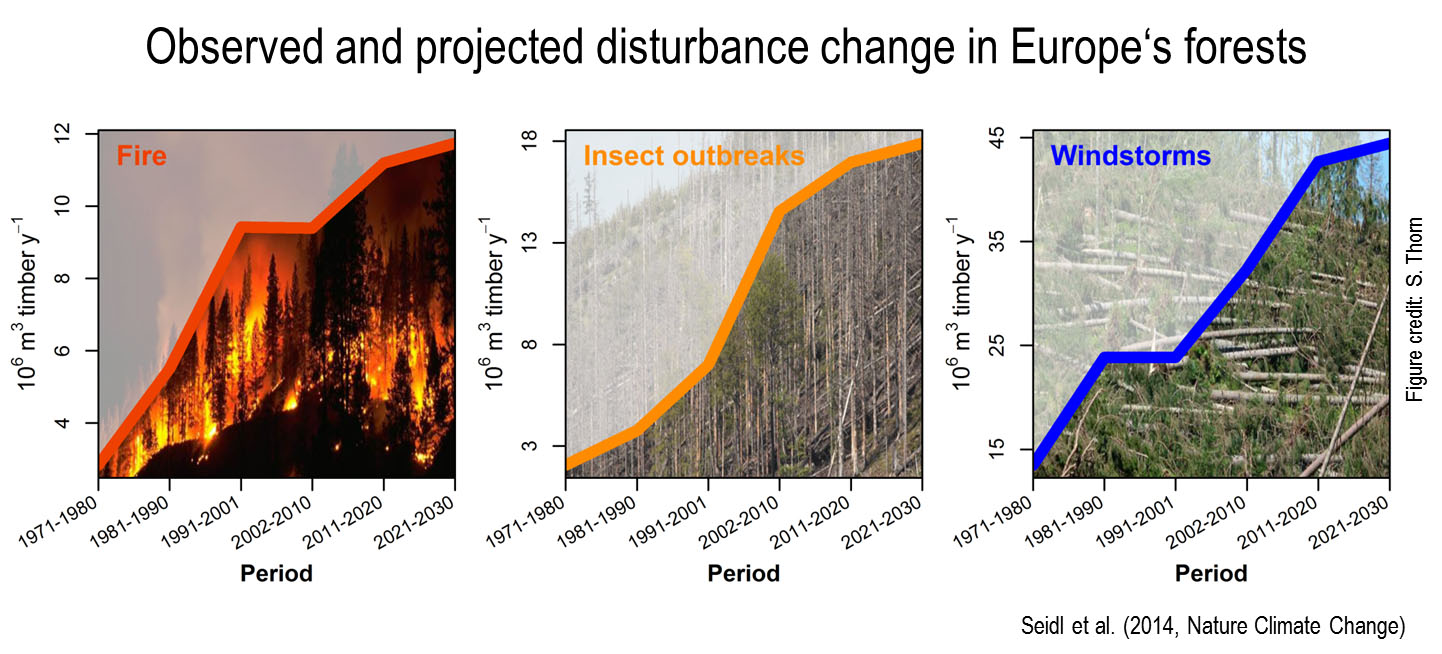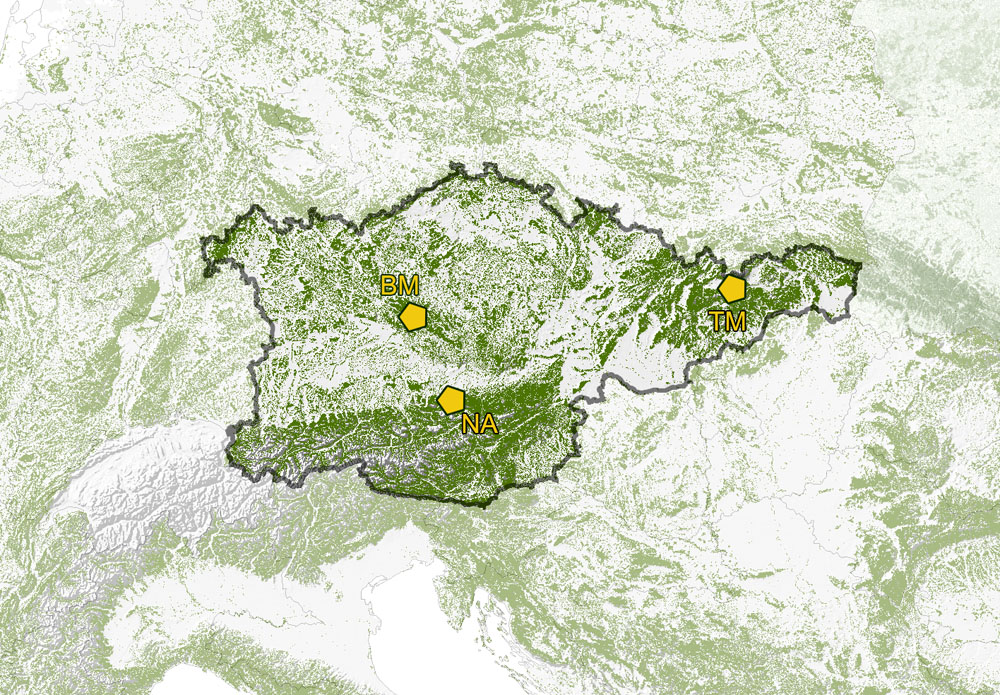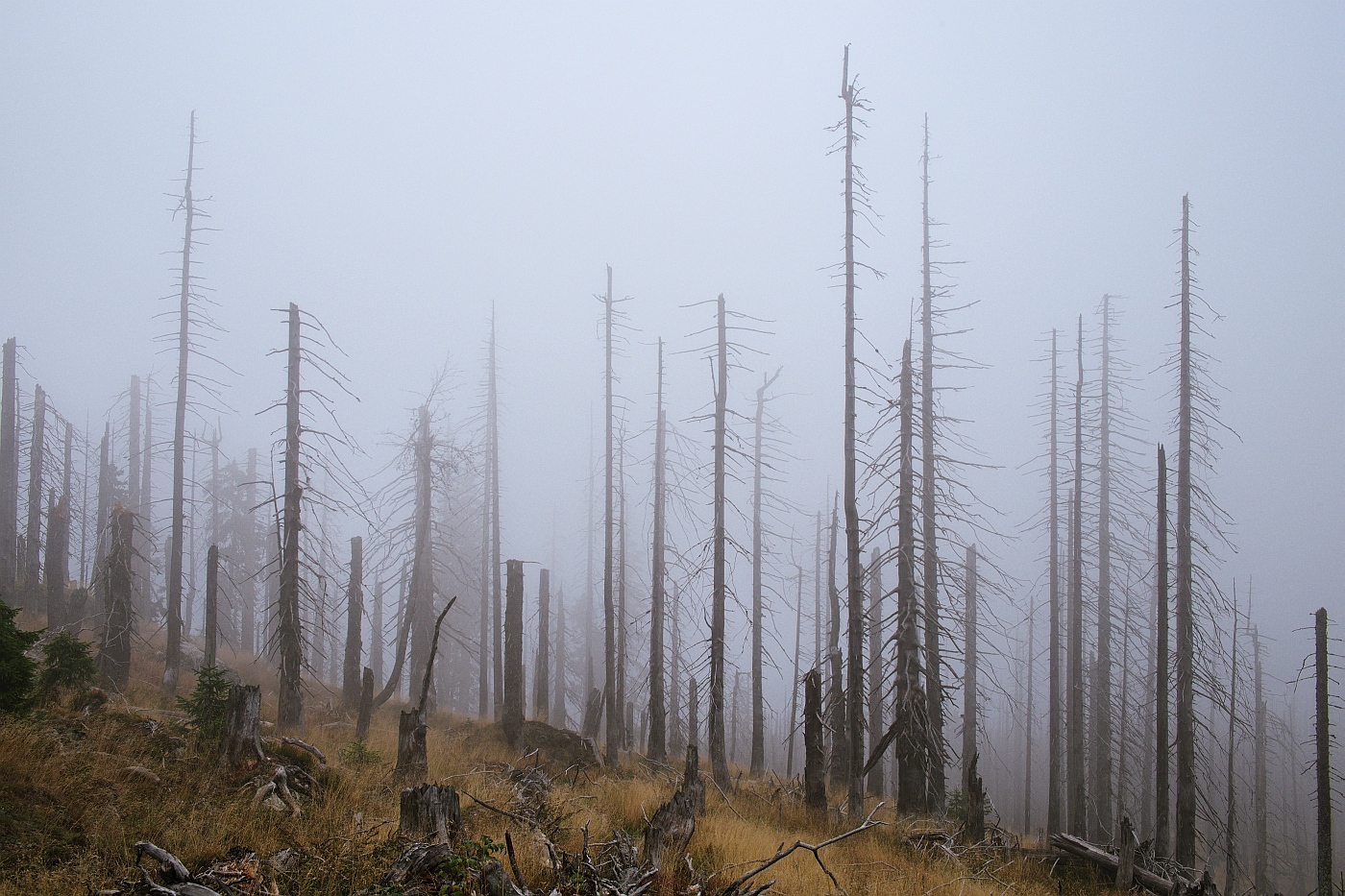Background
Anthropogenic climate change has profound impacts on ecological processes and is rapidly changing the composition, structure, and functioning of ecosystems. For long-lived ecosystems such as forests the unprecedented pace of these changes will strongly limit the ability for adaptation through genetic and evolutionary processes. As systems are increasingly ill-adapted to their environment, abrupt and disruptive changes are becoming increasingly likely. Over the past decades, disturbance events such as windthrow, bark beetle outbreaks, and wildfires have already increased markedly in forests around the globe. Yet, our understanding of the long-term changes in forest disturbance regimes and their impacts is still limited, hampering our ability to address these changes in ecosystem management.

(Source: Seidl et al, 2014, Nature Climate Change).
Objectives
Using an innovative multi-method approach RESIN will
- improve our systems understanding of the drivers of forest disturbance regimes,
- lead to a comprehensive appraisal of the impacts of current and future disturbance regimes on biological diversity and ecosystem services, and, based on these insights,
- develop strategies on how ecosystem management and society at large can cope with changing forest disturbance regimes.
Methods and materials
To address these questions we will investigate landscapes over Central Europe, contrasting unmanaged forests (e.g., national parks) with managed forest landscapes and studying disturbances in different biogeographical settings. For this network of study landscapes we will use dendroecology to reconstruct the disturbance regimes of past centuries, apply remote sensing to estimate current disturbance severity and extent, and harness simulation modeling to project future trajectories under an ensemble of climate change scenarios. See here for more details.

Expected results
We will determine whether current and expected future disturbance regimes transgress the historical range of variability, and whether no-analog disturbance regimes are likely to emerge in the future. We will furthermore assess how changing disturbance regimes could affect biodiversity, and quantify their impacts on provisioning (e.g., timber production), regulating (e.g., carbon storage, water retention), cultural (e.g., the recreational value of a landscape), and supporting (e.g., primary productivity) ecosystem services of forests.
Using simulation modeling embedded in a stakeholder process we will develop strategies of how to deal with such disturbance impacts, and how to optimally manage landscapes under different management objectives (conservation of biological diversity, provisioning of different ecosystem services). Novel simulation approaches and high performance computing will furthermore be used to scale results up to the regional scale (i.e., a forest area of >10 Mill. ha), and provide policy makers and disaster risk managers with detailed information on future forest-related risks. The project will thus not only advance the frontiers in disturbance ecology both with regard to process understanding and science-based ecosystem management, but will also deliver novel solutions for mitigating risks and fostering resilience to abrupt and disruptive changes in the environment.
